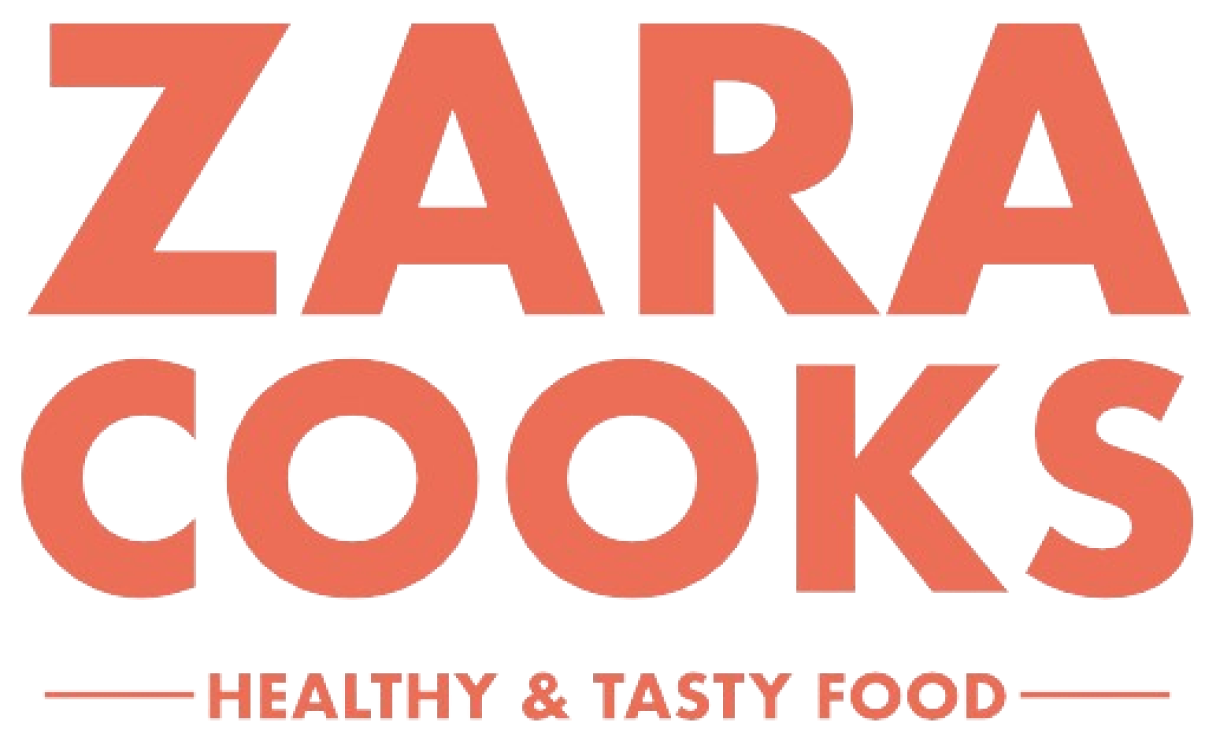Introduction
Iron is an essential nutrient that plays a crucial role in many bodily functions, including the production of red blood cells and the transportation of oxygen throughout the body. Maintaining an adequate iron intake is key to preventing iron deficiency and ensuring overall health. However, the amount of iron your body requires can vary greatly depending on factors such as age, gender, and life stages like pregnancy or breastfeeding.
In this article, we will delve into the recommended daily iron intake, why it’s important to meet these recommendations, and how iron absorption works in the body.

Why Iron Intake Matters?
Iron is necessary for the formation of hemoglobin, the protein in red blood cells that carries oxygen from the lungs to other parts of the body. When you don’t get enough iron, your body can’t produce enough healthy red blood cells, leading to iron deficiency anemia—a condition that causes fatigue, weakness, and other health issues.
While many people consume enough iron through their diet, there are some who need additional iron, especially those with an iron deficiency, women with heavy menstrual periods, pregnant women, and children during growth spurts. It’s important to consult with a healthcare provider if you suspect you have iron deficiency or are at risk for it, as they can guide you on the right amount of supplementation.
How Much Iron Do You Need?
The amount of iron your body needs changes throughout your life. For healthy individuals without a diagnosed iron deficiency, the recommended daily iron intake depends on your age, sex, and specific life circumstances like pregnancy or breastfeeding. However, even for healthy individuals, consuming the recommended amount can be tricky since the body only absorbs a fraction of the iron ingested from food.
Here’s a breakdown of the recommended daily intake of iron based on age and gender:
- Infants (Birth to 6 months): Both boys and girls need 0.27 mg of iron per day.
- Children (1 to 13 years): Both boys and girls require 10 mg of iron per day.
- Teenagers (14 to 18 years):
- Females need 15 mg of iron per day, especially as menstruation begins.
- Males need 11 mg per day during this period of rapid growth.
- Adults (19 to 50 years):
- Females need 18 mg of iron per day, mainly to compensate for iron loss during menstruation.
- Males need 8 mg of iron per day.
- Older Adults (51 years and older): Both men and women need 8 mg of iron per day as the demand decreases with age.
- Pregnant Women: Pregnant women need 27 mg of iron per day to support the increased blood volume and growing fetus.
- Breastfeeding Women: Breastfeeding mothers need 10 mg of iron per day to compensate for iron lost through lactation.
Iron Absorption: Why More is Needed
The daily recommended intake might seem high, especially considering that the body only needs to absorb around 1 mg of iron daily for men and 1.5 mg for menstruating women to maintain balance. However, iron absorption is a complex process, and the body absorbs only a fraction of the iron consumed. For example, iron from plant-based sources is less easily absorbed than iron from animal-based foods. To compensate for this, it’s necessary to consume much more iron than the body actually needs to absorb.
Consult Your Healthcare Provider
While this article provides a general guide to recommended iron intake, it’s important to consult a healthcare provider, especially if you are at risk of iron deficiency. They can provide guidance on whether you need additional iron through supplements or dietary changes.
Conclusion
Understanding how much iron you need each day is crucial to maintaining a healthy body and preventing iron deficiency anemia. While the body only requires a small amount of iron to function properly, meeting the daily recommended intake is essential for ensuring that enough iron is absorbed. Remember, if you suspect that you may have iron deficiency, consult your healthcare provider to discuss testing and potential supplementation. Stay tuned for future posts where we will discuss the best dietary sources of iron.
